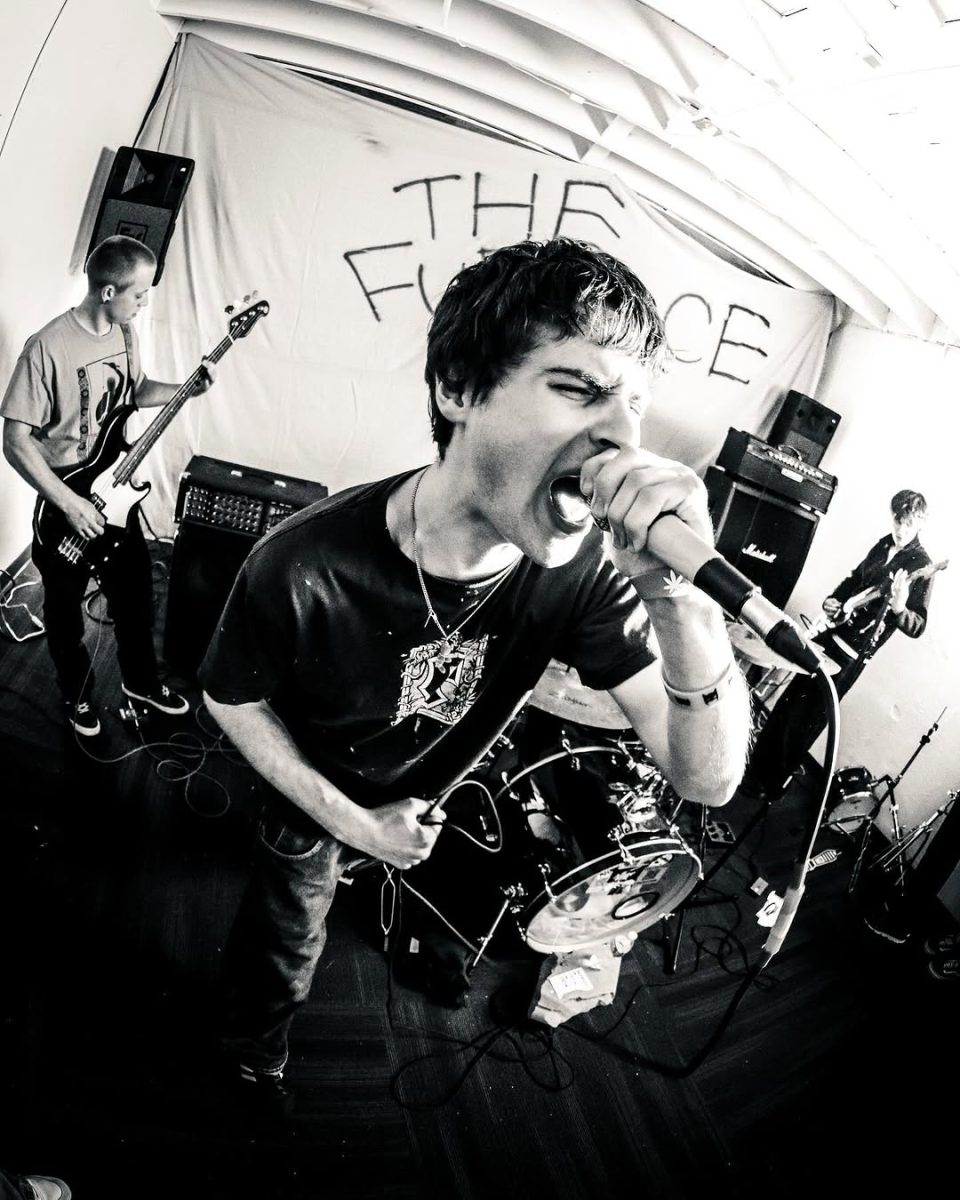Psychedelics, a long-misunderstood category of substances, have been reintroduced to the public as tools for mental health. In its complicated history psychedelics’ have been slandered. Misinformation and propaganda withheld scientists from research for years, but now America is finally coming around. Psychedelics like psilocybin have been used for decades across many cultures. Humans, as we know, were hunter-gatherers before stores existed and naturally, we came across mushrooms, including psilocybin mushrooms. Some hypothesize that the use of mushrooms extends much far back and
may have played a key role in the evolution of homo sapiens. Without surviving written history
from this time, it is difficult to know when or where these traditions began, though some
researchers estimate that religious practices involving the use of psilocybin mushrooms occurred
in the Valley of Mexico and the rest of Central America starting at least 3,500 years ago
The earliest evidence of mushroom use dates back to 10,000 BCE in Australia. In Spain, rock paintings suggest magic mushrooms were around prehistoric people in Europe, 4,000 BCE. Psychedelic mushrooms grow all around the world, so there’s a good chance your ancestors long ago went into battle with the extra confidence of psychedelic mushrooms, in fact, Vikings did just that. Berserkers, the bear skin wear warriors would chew dried mushrooms before their intense battle to keep minds off injury and give them a frenzy effect. Ulfhednar, the elite in fighting also partook in taking mushrooms, but in their free time for worship and ritual. Dried mushrooms were acquired via trade or foraged, then dried. Sources agree that the type of mushroom they consumed was either the fly agaric, the mushroom you think of when you think -mushroom- or the panther cap a similar mushroom. In both cases, the primary psychoactive ingredient is muscimol. Meaning they display sedative-hypnotic, depressant, and hallucinogenic psychoactivity. In recreational use, it has been shown to treat stress and anxiety, ease muscular pain and promote restorative sleep.
Considering there are many types of edible mushrooms of the normal variety, it can be assumed that psychedelic mushrooms- while working in similar ways, can vary. Meaning that usage and practice in each respective culture, region, community, etc differed. While some Vikings used it for power in battle, some used it for worship and others performed similar practices. Psilocybin was used in religious and spiritual ceremonies for divination, healing, anesthetizing pain, and celebrations. Their use can be traced as far back as 1,500 BCE. Aztecs used teonanácatl (Psilocybe Mexicana) for divinatory and therapeutic purposes. South American Aztec Natives referred to them as teonanácatl, meaning “god’s flesh,” After a period of fasting, the Aztecs drank chocolate and ate the mushrooms with honey as part of nighttime ceremonies, festivals, and other celebrations. In Guatemala, so-called “mushroom stones” have been found. These are stones carved in the form of a pileate mushroom, in the stem of which the head or entire figure of a god is depicted. The oldest specimens found are over three thousand years old. It can therefore be concluded that the mushroom cult of the Natives dates back to more than thousands of years before Christ.
Franciscan friar Bernardino de Sahagún wrote the best-known source of information about
the Aztec consumption of mushrooms containing psilocybin. Written in the mid-16th century,
during Sahagún’s 50 years as a missionary in New Spain. According to Sahagún, teonanácatl were “intoxicating,” “cause[d] visions to be seen,” and “even provoke[d] sensuousness. ”Once these effects had kicked in, some participants danced, some sang, some wept, and some sat silently in their quarters “and remained there as if in a meditative mood.” Once the mushrooms’ effects wore off, Sahagún explains, the participants “talked over among themselves the visions which they had seen.”
In addition to the Mazatec, several other Indigenous communities of Mexico’s remote
mountain regions use psilocybin ceremonially. They include the Nahuatl, the Matlazine, and the
Totonacs spread across several Mexican states, though the Totonac tradition is now largely extinct. They also include the Mixe, Zapotec, and Chatin of Oaxaca, the home state of the Mazatec.
Although there are a few other indications of the Aztec use of psilocybin mushrooms, the
trail largely goes cold after Sahagún. This is likely a result of the Catholic Church’s persecution
of mushroom-related practices during the Spanish Colonial period. These efforts at suppression
were so successful that the identity of teonanácatl remained a mystery until American
ethnobotanist Richard Evans Schultes confirmed its identity as a mushroom. In 1938, Schultes
traveled to the Northern Oaxaca mountain town Huautla de Jimenez and discovered that the Mazatecs used psilocybin-containing mushrooms in religious rituals. Catholic persecution is ostensibly why the communities that use psilocybin in modern Mexico are limited to remote
mountain regions.
Mushrooms’ effects are an important part of understanding their usage and why they are seen as therapeutic or spiritual. Though they are mainly thought of as a hallucinogenic drug, lower doses don’t cause the ‘trips’ you imagine. Smaller doses increase the vibrancy of light and colors but beyond that, they are mainly used for the head feeling. The feeling of euphoria it creates, the worries you had are out of your mind and all you can focus on is how good everything feels. Doses ranging from 2.5-3 grams (depending on weight and tolerance) are the baseline for a small visual trip Strains vary, though mushrooms usually produce a feeling of metaphorical warmth inside, a happiness that isn’t overpowering. All senses are heightened when taking mushrooms, producing vibrant colors and sound that is just- better. At these medium doses, stuff may be more interesting to look at and things with patterns may start to move or swirl. Individuals may experience alterations in sensory perception, including visual distortions, changes in colors and patterns, and an enhanced appreciation of music and art. The user may also feel a heightened sense of empathy, connectedness, and spirituality, with a sense of oneness with the world and other people. There may be a feeling of introspection, reflection, and a sense of profound insight into one’s own emotions, thoughts, and life experiences.
Mushrooms in high doses require intent with their use. If you’re doing them for spiritual purposes yourself, it’s suggested to plan your reasoning why and where. A good trip requires a good environment, but what’s most important is your comfortability in the area. Your feelings will only intensify when taking mushrooms- so, the small bad feeling you had about that one person is now your only thought, and they might kill you also. So if your anxiety is bad before doing it, wait to calm down. When people in a bad headspace use mushrooms it can cause bad experiences and in some cases psychosis. Although it isn’t likely. People who have family with psychosis have an increased risk of course and those in very bad mental states are also vulnerable. Psychosis is only limited to the high of the drug, so it will not be permanent.
Psychedelics have come a long way in being recognized as tools for mental health, after being defamated for years. The complicated history of psychedelics and their use is a reminder of how misinformation and propaganda can hinder scientific research and progression. How lies can prevent good from happening. However, recent developments in America are promising for the reintroduction of psychedelics as a legitimate tool for mental health. The rediscovery of psychedelics as tools for mental health has opened a new chapter in understanding these long-misunderstood substances. While misinformation and propaganda withheld scientists from researching psychedelics for years, today, many cultures recognize their therapeutic potential. From ancient hunter-gatherers who consumed mushrooms to treat pain and anxiety to Aztecs who used psilocybin mushrooms in religious and spiritual ceremonies, psychedelics have a complex history of use. Although the Catholic Church’s persecution of mushroom-related practices during the Spanish Colonial period led to a limited understanding of their use, modern research is uncovering their therapeutic and spiritual benefits. Understanding their effects and usage can lead to new and innovative treatments for mental health.




































